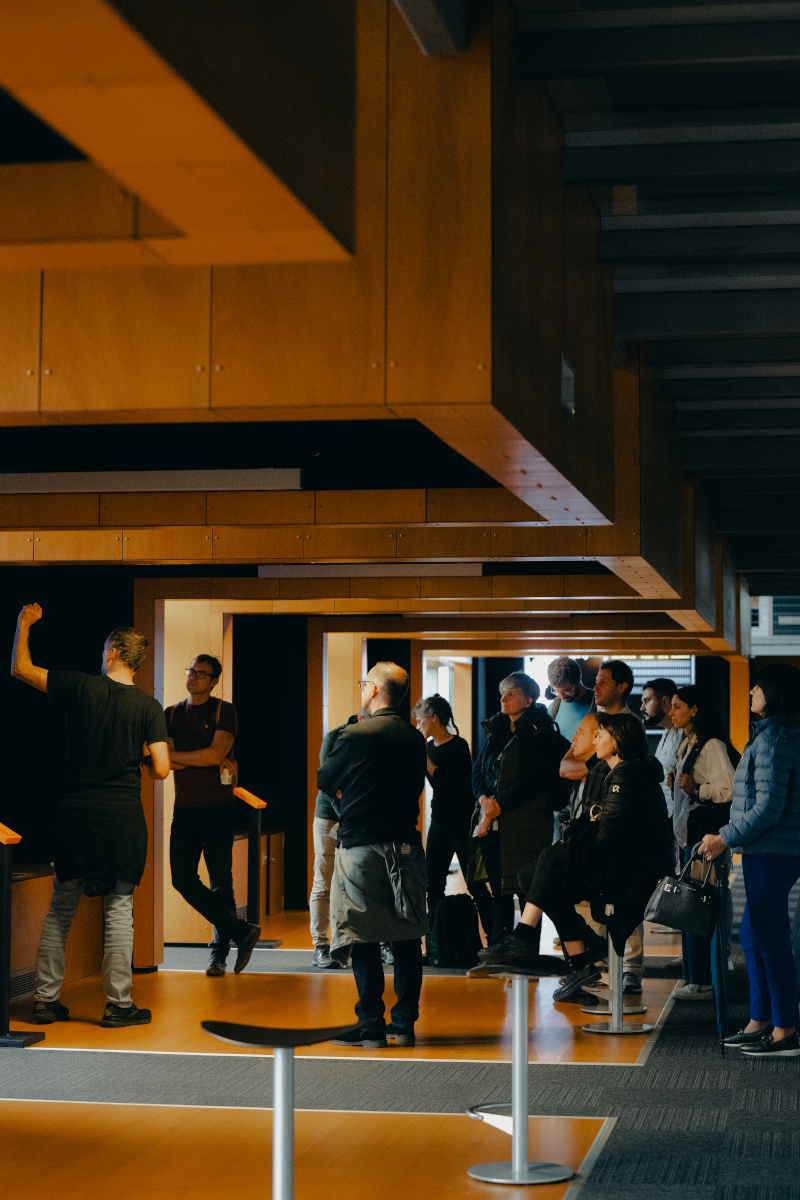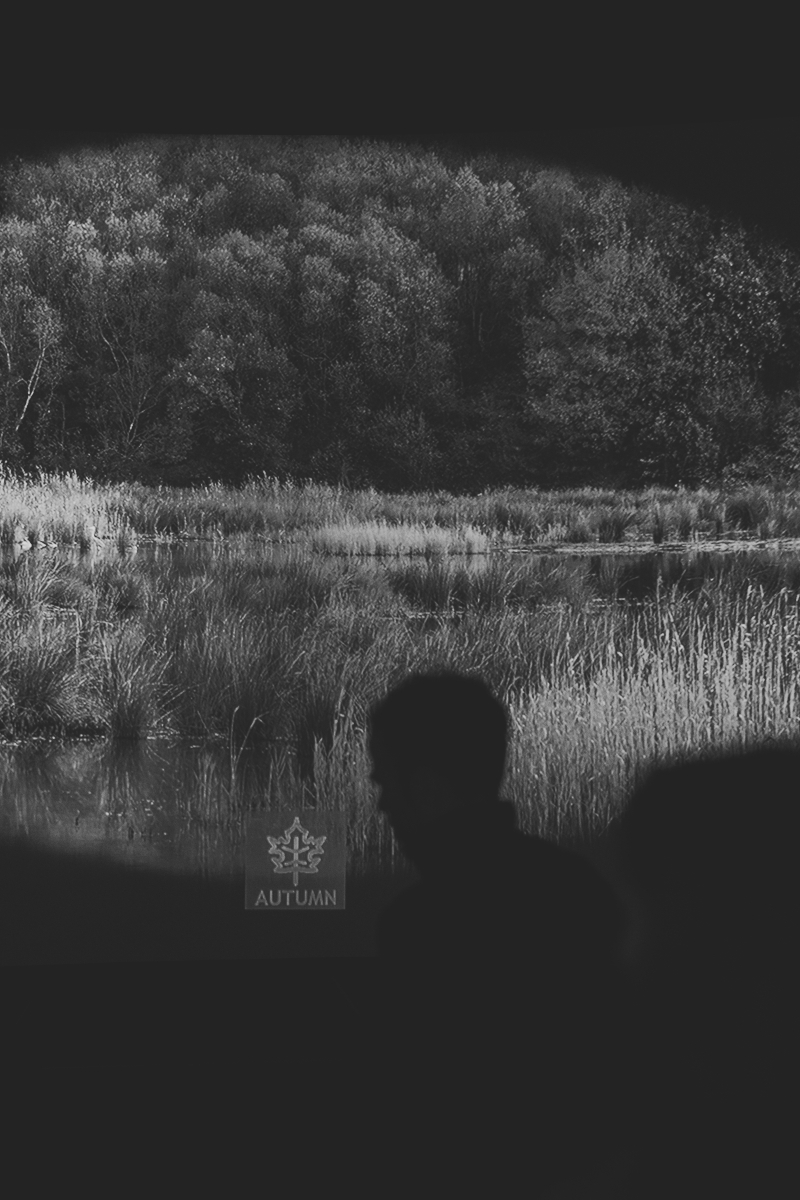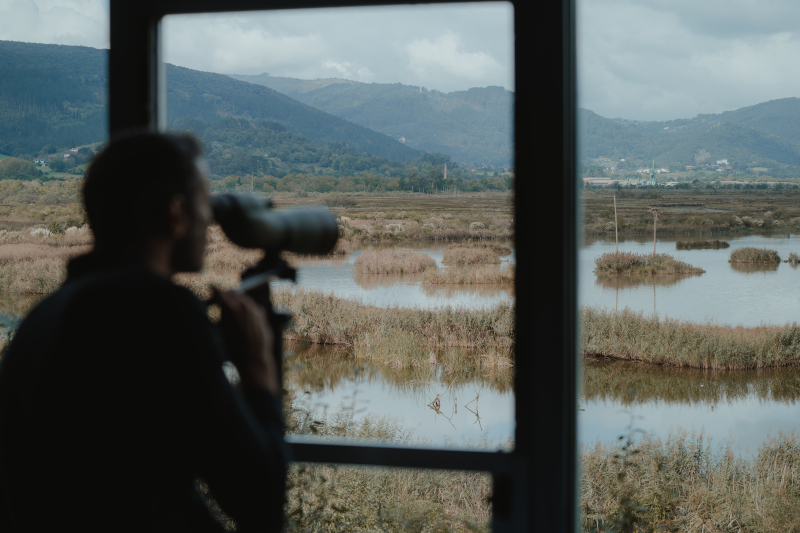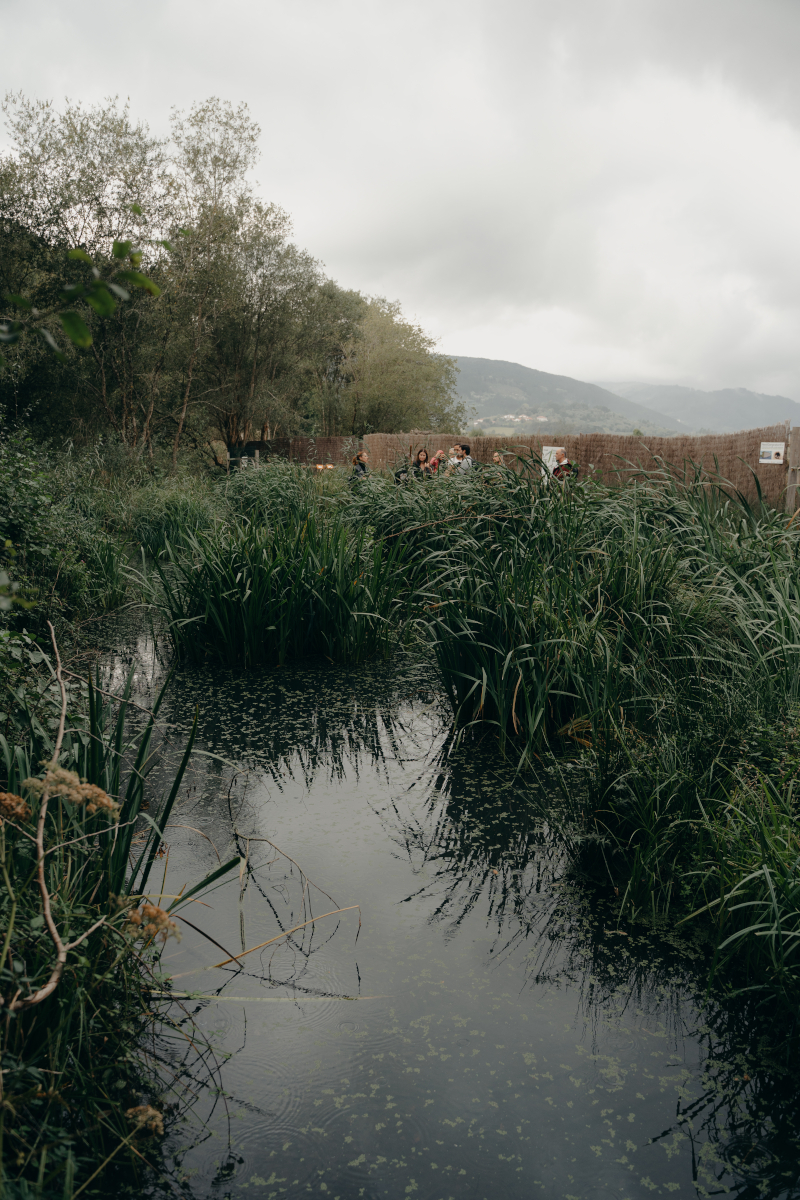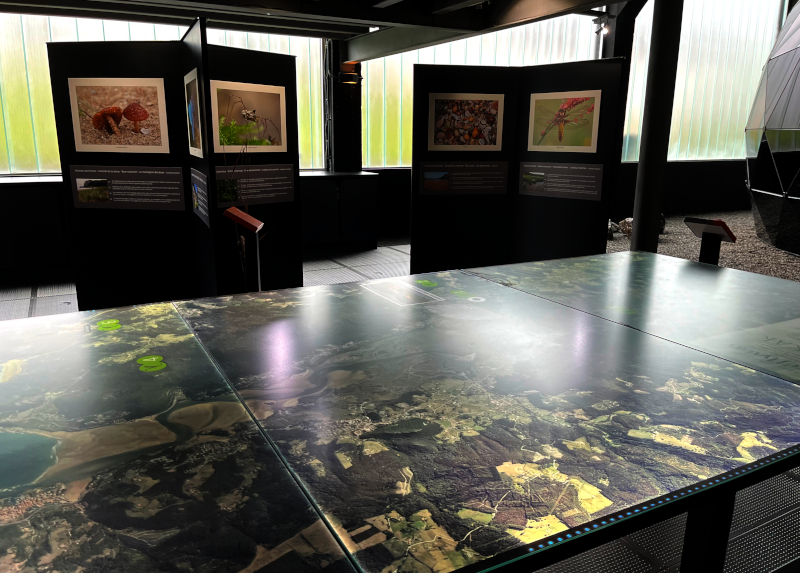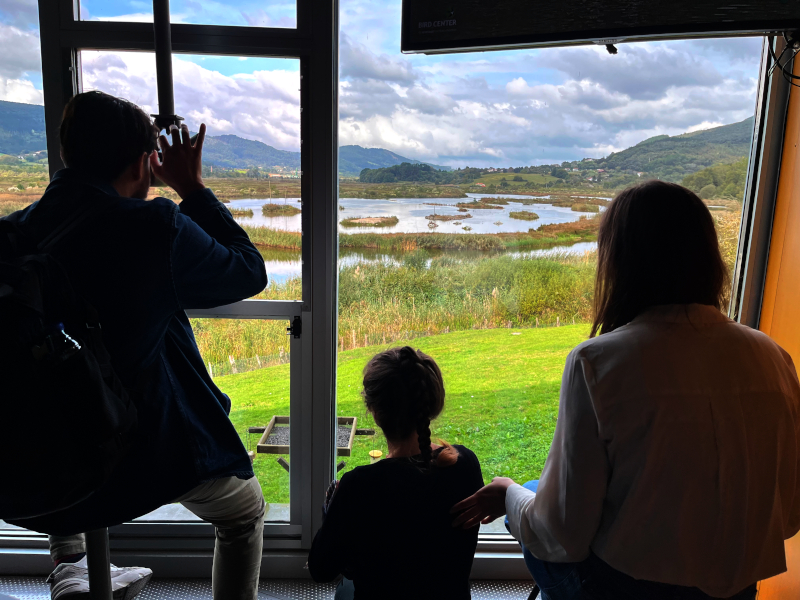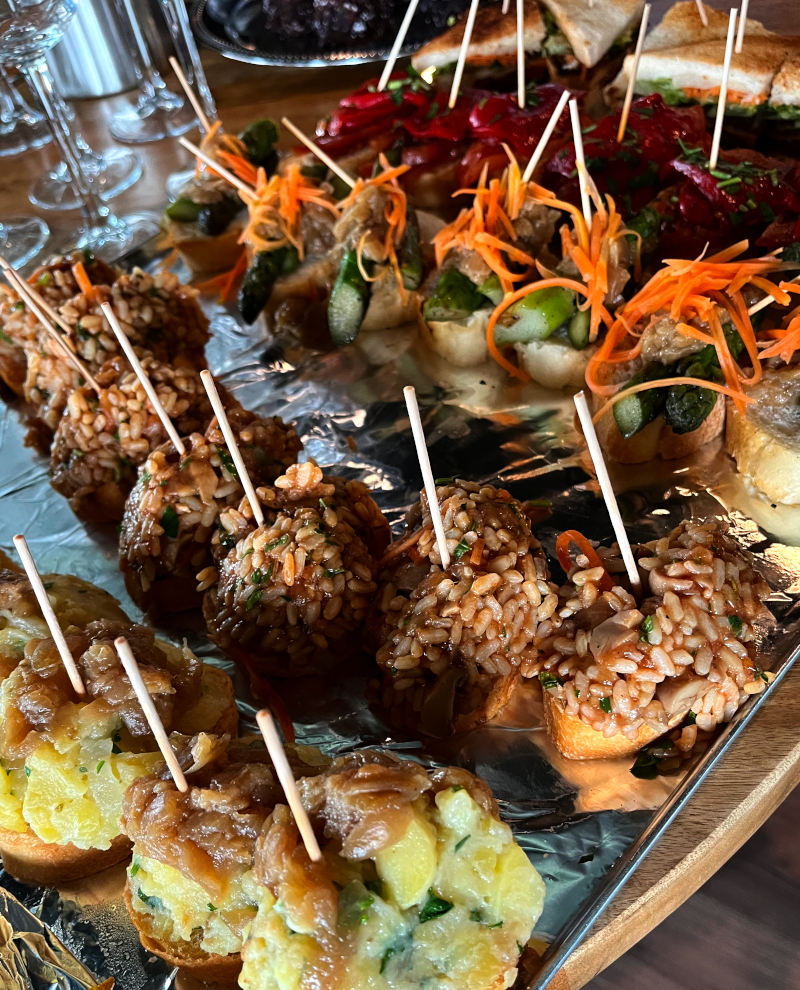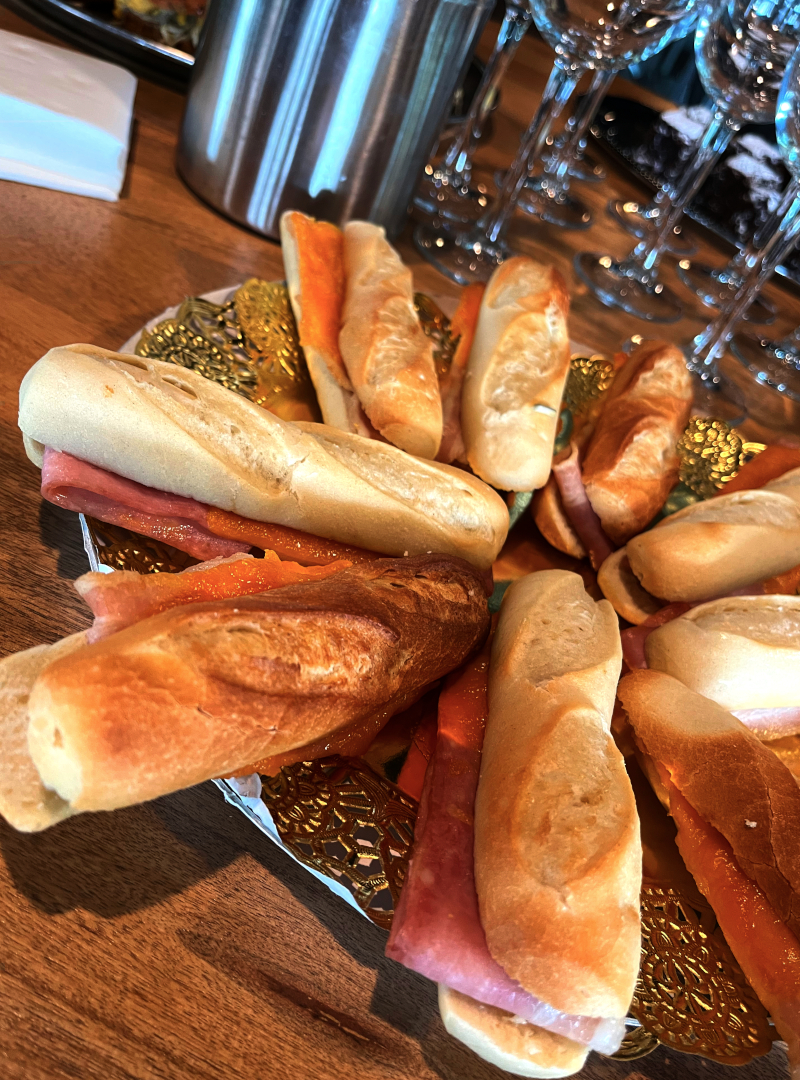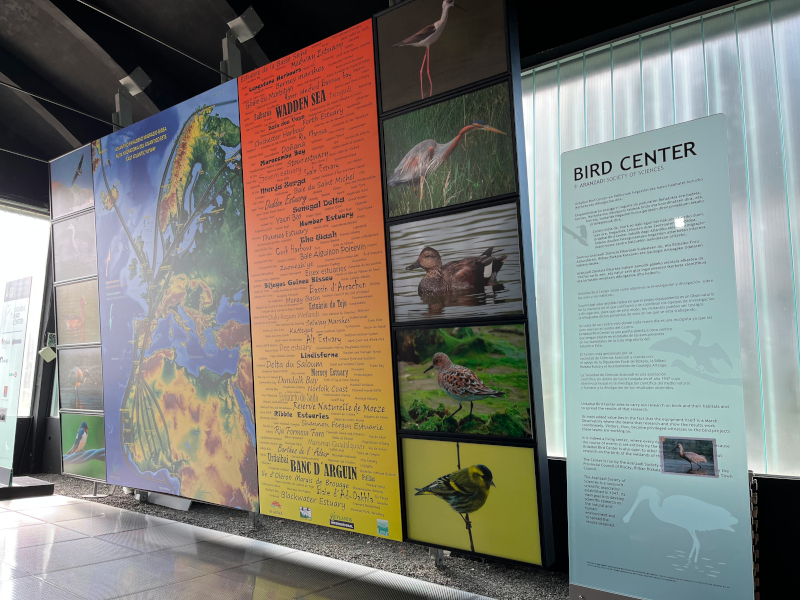
Photo and Text © Gorka Nadal and C.M. Cordeiro 2025.
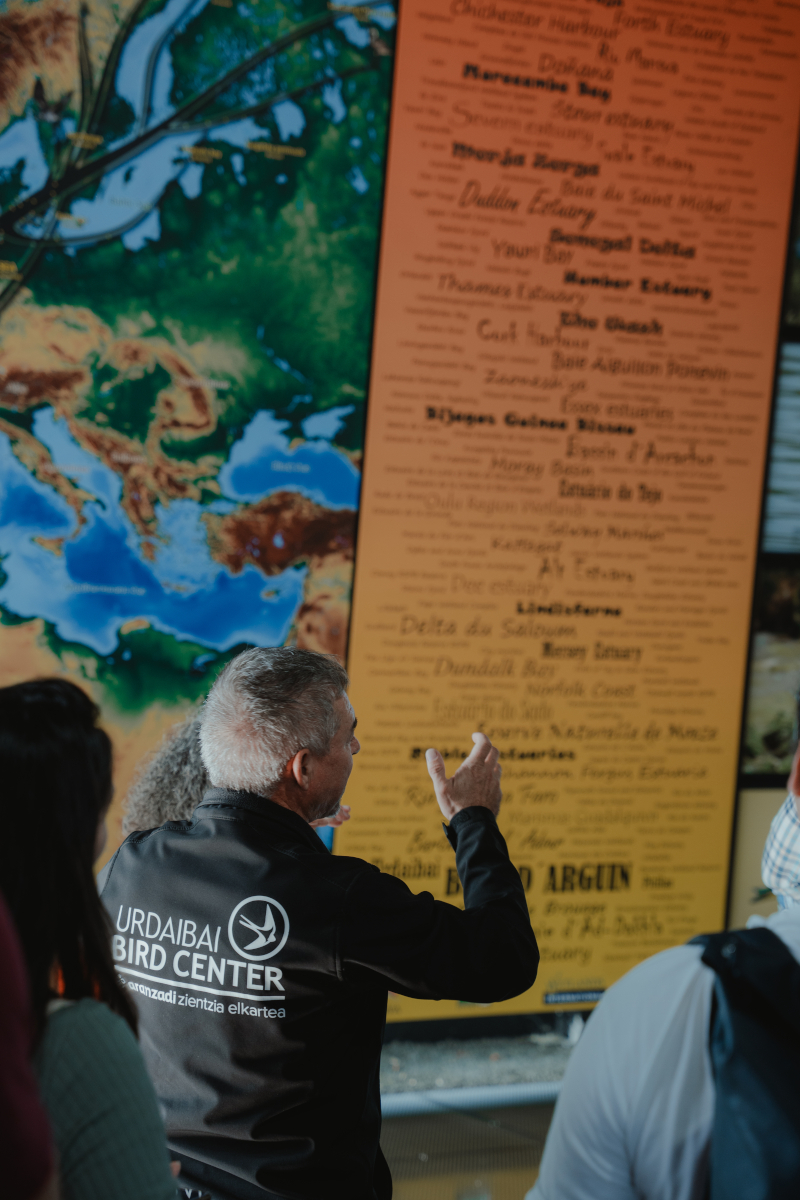
October 9, 2025 | Urdaibai Biosphere Reserve, Spain
During the second day of the iCOSHELLs annual meeting in Bilbao, consortium members visited the Urdaibai Bird Centre, a world-class facility dedicated to avian conservation and environmental education. This visit, expertly organized by our host partner GAIA, revealed the intricate connections between bird populations, wetland ecosystems, and the soil health initiatives at the heart of our project.
The Urdaibai Biosphere Reserve: A Conservation Success Story
Designated as a UNESCO Biosphere Reserve in 1984, the Urdaibai region represents a remarkable example of how protected areas can balance environmental conservation with human well-being and economic development. Spanning the coastal and inland areas of Biscay in Northern Spain, this reserve encompasses diverse ecosystems, from coastal marshlands and estuaries to native broadleaf forests and traditional agricultural landscapes.
Research by Castillo-Eguskitza and colleagues (2017) demonstrates that the biosphere reserve designation has yielded tangible conservation benefits while supporting local communities. The study found that compared to adjacent non-protected areas, Urdaibai has achieved better conservation of native forests and rural landscapes, slowed the abandonment of traditional agricultural and forestry practices, and maintained higher employment in the primary sector. The designation has also limited large-scale urban development while supporting sustainable economic growth and preserving the biodiversity and ecosystem services crucial for local well-being.
These findings challenge the narrative that conservation necessarily restricts economic development, instead demonstrating that well-managed protected areas can foster sustainable prosperity.
The Orueta Lagoon: Small Scale, Big Impact
One of the most compelling conservation success stories shared during our Bird Centre visit involves the Orueta Lagoon, a constructed wetland built in 2009 on what was previously a deteriorated polder. This 11.5-hectare lagoon exemplifies how targeted habitat restoration can generate significant conservation outcomes, a principle directly relevant to the iCOSHELLs mission of restoring degraded soils.
Research by Garaita and Arizaga (2015) reveals the lagoon’s remarkable impact on Eurasian Spoonbills (Platalea leucorodia), a species of conservation concern in Europe. Despite representing only 1% of Urdaibai’s total marsh area and just 6% of the area used by spoonbills, the lagoon hosts up to 42% of the birds stopping over during autumn migration. This disproportionate use demonstrates how even small, well-designed habitats can provide critical resources in degraded or disturbed landscapes.
Spoonbills using the lagoon achieve foraging rates of 8.7 prey items per minute, more than double the rate observed in other parts of Urdaibai. This dramatically improved efficiency allows birds to replenish critical energy reserves during migration. The lagoon experiences fewer than one human disturbance per hour, compared to much higher rates in the rest of the marsh, allowing birds to forage effectively without constant interruption.
Unlike tidal marsh areas where foraging is restricted to low tide periods, the lagoon’s stable brackish water allows birds to forage independently of tidal cycles, optimizing their time at the stopover site. While most spoonbills stop for less than 24 hours across Urdaibai, the longest stopovers, up to 14 days, occur exclusively at the lagoon, suggesting it provides conditions suitable for extended rest and recovery when needed.
The Soil-Ecosystem Connection
Wetland birds like those protected in Urdaibai serve as powerful indicators of environmental quality, reflecting the health of entire ecosystems, including soil. Every spoonbill observed depends on healthy soil structure that filters and purifies water flowing into marshlands, nutrient cycling maintained by diverse soil microbiomes, plant communities rooted in rich organic soils, and sediment dynamics influenced by upstream agricultural and forestry practices.
The success of the Orueta Lagoon demonstrates this interconnection. Its construction required careful attention to soil management for stable embankments, water quality maintained through proper filtration and connection to healthy upstream watersheds, sediment deposition that creates foraging habitats, and vegetation establishment rooted in nutrient-rich soils that support the aquatic food web. When soils degrade through erosion, contamination, or compaction, the cascading effects reach wetland ecosystems, impacting water quality, vegetation, and ultimately, bird populations.
Translating Lessons: From Wetland Restoration to Soil Health
The Orueta Lagoon’s success story offers direct parallels to the challenges and opportunities facing soil health restoration in agricultural landscapes. Just as an 11.5-hectare lagoon supports 42% of stopover spoonbills, targeted soil health interventions on modest farmland areas can generate disproportionate benefits for biodiversity, water quality, and crop resilience. This principle of small interventions yielding large returns is fundamental to both wetland conservation and agricultural soil restoration.
The lagoon succeeded not because of its size but because of its quality, stable conditions, low disturbance, abundant food. Similarly, soil health depends on quality indicators like organic matter content, biological activity, and structure rather than simply area under management. The lagoon’s low human disturbance mirrors the importance of minimizing soil disturbance through practices like reduced tillage, which preserves soil structure and protects microbial communities. The stable water levels that allowed consistent foraging parallel how healthy soils provide stable growing conditions, water infiltration, and nutrient availability even amid climate variability.
Just as healthy wetlands depend on clean water from upstream areas, agricultural productivity depends on soil’s capacity to filter nutrients and manage water sustainably. The connection between upland soil management and downstream wetland health was clearly visible during our visit. The diverse bird populations at Urdaibai reflect ecosystem resilience, a quality equally valuable in agricultural landscapes where soil biodiversity supports crop health, nutrient cycling, and natural pest management.
The reserve’s success in maintaining traditional agro-silvo-pastoral systems, including specialized products like beans and pepper of Gernika and txakoli wine, demonstrates how soil health initiatives can preserve cultural heritage while supporting economic vitality. The reserve’s evolution since 1984, including strategic interventions like the 2009 lagoon construction, shows that restoration requires sustained commitment. The payoffs, in ecosystem services, climate resilience, and community well-being, are substantial but require patience.
The detailed research on spoonbill use of the lagoon exemplifies how monitoring can demonstrate conservation value and guide future decisions. Living Labs similarly generate evidence of which soil health practices deliver the greatest benefits under specific conditions. This evidence-based approach transforms anecdotal observations into actionable knowledge.
The Living Lab Connection
The Urdaibai Bird Centre embodies the participatory, multi-stakeholder approach that defines the Living Lab methodology central to iCOSHELLs. Since its establishment, the reserve has operated under a Governance Plan for Use and Management that actively involves local communities in decision-making processes. This participatory governance model aligns perfectly with iCOSHELLs’ vision of co-creating soil health solutions.
Just as the Urdaibai reserve integrates farmers, foresters, local authorities, and conservation organizations, the Basque Living Lab brings together diverse actors to address soil degradation. The Orueta Lagoon was constructed based on understanding spoonbill ecology, similarly, Living Lab interventions are grounded in scientific knowledge of soil processes while remaining responsive to farmer needs and local conditions. Research findings inform ongoing management decisions, creating a feedback loop between science and practice that characterizes the Living Lab approach.
The Bird Centre’s educational programs help visitors understand how ecosystem services, from pollination to water purification, depend on healthy soils, forests, and wetlands working in concert. Most importantly, the reserve demonstrates that environmental protection and economic prosperity are not mutually exclusive but can reinforce each other when properly managed. This integration of conservation and development stands at the core of both the biosphere reserve concept and the Living Lab methodology.
Seeing the Bigger Picture
The two-part visit to the Urdaibai Bird Centre allowed participants to observe both the ecological richness of the reserve and the educational infrastructure that makes this knowledge accessible to the public. The Centre’s modern facilities include observation towers providing panoramic views of the Urdaibai estuary and Orueta Lagoon, interactive exhibitions explaining wetland ecology, migration patterns, and conservation success stories, educational programs that connect local communities, especially youth, with their natural heritage, and research facilities supporting ongoing monitoring and scientific studies like the spoonbill research.
For iCOSHELLs, the visit illustrated how conservation success stories can inspire and inform agricultural transformation. The reserve’s ability to maintain native forests, support rural livelihoods, attract eco-tourism, and demonstrate measurable conservation outcomes through targeted habitat restoration shows that investing in ecosystem health, starting with the soil, generates multiple benefits for both nature and society.
Population Recovery: A Testament to Effective Conservation
The spoonbill population at Urdaibai has shown a moderate increasing trend of approximately 11.9% per year from 2002 to 2012, consistent with broader European population recovery. While the Orueta Lagoon’s construction in 2009 cannot solely explain this trend, it represents a significant habitat quality improvement that supports the species’ continued recovery.
This demonstrates that long-term conservation efforts work, habitat quality enhancements matter, and regional cooperation across migration routes is essential. These lessons translate directly to soil health restoration, where patience, sustained investment, quality improvements, and landscape-level coordination are all essential for success. The population trend reflects not just the lagoon’s impact but decades of integrated conservation efforts across the biosphere reserve and beyond.
Challenges and Opportunities Ahead
The research by Castillo-Eguskitza and colleagues (2017) also highlights ongoing challenges within the reserve. Continued pressure from urban expansion, particularly in peri-urban zones, threatens conservation gains. The economic attractiveness of fast-growing eucalyptus plantations poses ecological risks including soil erosion and water quality impacts. The reserve faces the need to transition from monoculture forestry to native broadleaf species, while balancing private land ownership rights with conservation goals.
These challenges resonate with those facing agricultural landscapes across Europe. The iCOSHELLs project addresses similar tensions, between short-term economic pressures and long-term sustainability, between individual land management decisions and collective ecosystem outcomes, between traditional practices and innovative solutions. The Urdaibai experience shows that addressing these tensions requires ongoing dialogue, adaptive management, and recognition that conservation is not a one-time achievement but a continuous process.
Conclusion: Connected Ecosystems, Connected Solutions
The visit to the Urdaibai Bird Centre powerfully illustrated that soil health is not an isolated agricultural concern but a fundamental component of ecosystem integrity. The success of a small constructed lagoon in supporting nearly half of all spoonbills stopping at Urdaibai offers encouragement for the soil health restoration work of iCOSHELLs, demonstrating that targeted interventions in degraded areas can generate significant returns when quality, evidence-based management, and sustained commitment guide the work.
By hosting the iCOSHELLs consortium in this remarkable landscape, GAIA provided not just a field visit but a living example of what is possible when conservation and sustainable development work hand in hand. As we develop and test soil health solutions across Europe, the lessons from Urdaibai, about participation, persistence, strategic intervention, and the profound connections between all elements of our environment, will continue to guide our work. The spoonbills overhead and the soils beneath our feet are part of the same story, one that iCOSHELLs is working to write toward a more sustainable future.
The iCOSHELLs project (Grant Agreement ID: 101157394) is funded by the European Union’s Horizon Europe programme. The project is coordinated by RISE Research Institutes of Sweden AB, with the Basque Living Lab hosted by GAIA in Bilbao, Spain.
References
Castillo-Eguskitza, N., Rescia, A. J., & Onaindia, M. (2017). Urdaibai Biosphere Reserve (Biscay, Spain): Conservation against development? Science of the Total Environment, 592, 124–133. https://doi.org/10.1016/j.scitotenv.2017.03.076
Garaita, R., & Arizaga, J. (2015). The benefits of a constructed lagoon for the conservation of Eurasian Spoonbills (Platalea leucorodia) in a tidal marsh. Journal for Nature Conservation, 25, 35–41. https://doi.org/10.1016/j.jnc.2015.03.001
